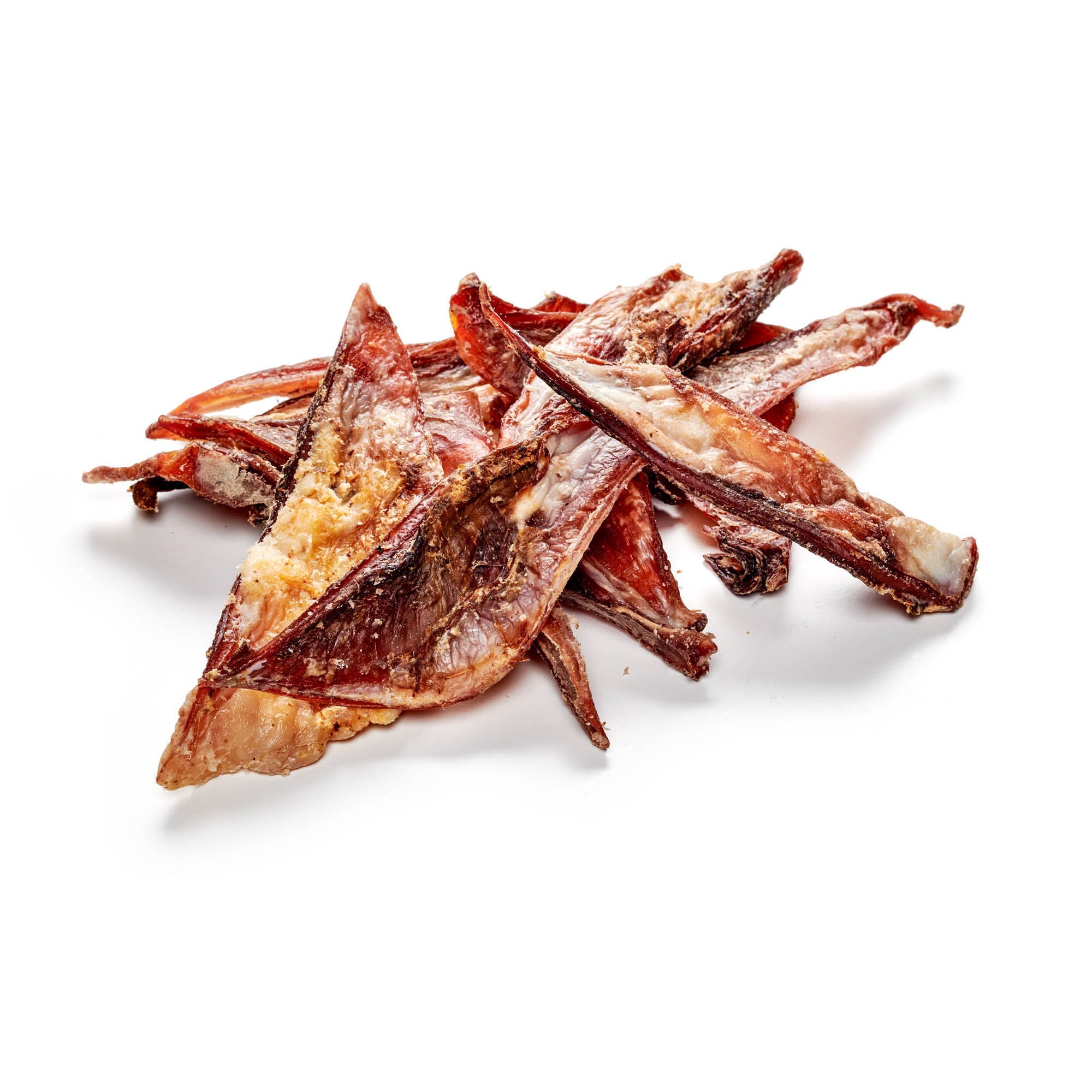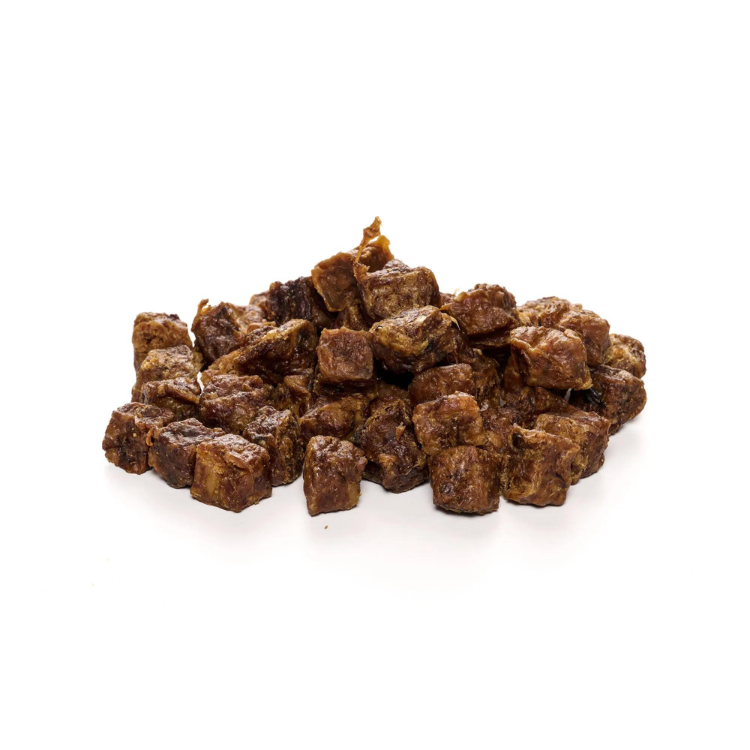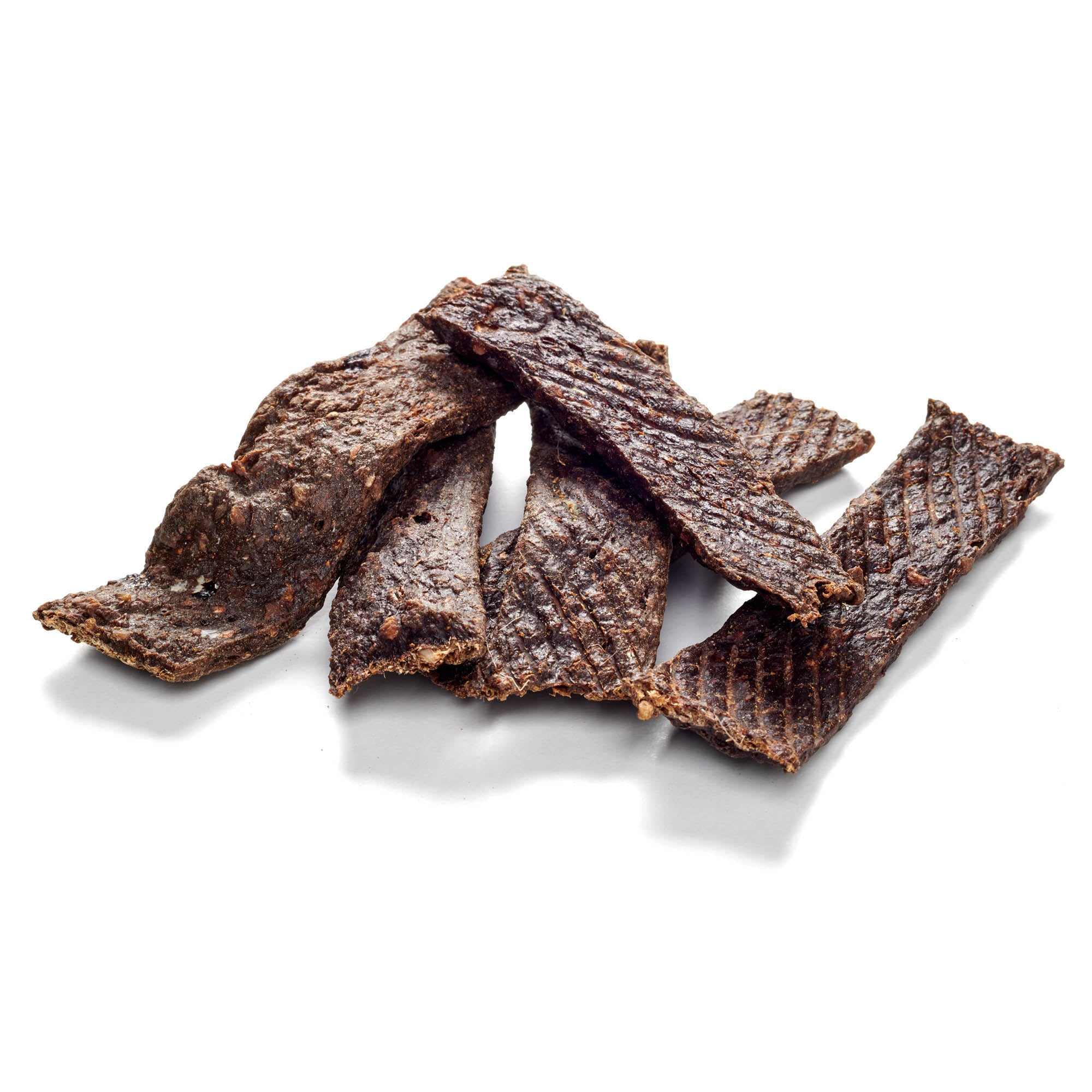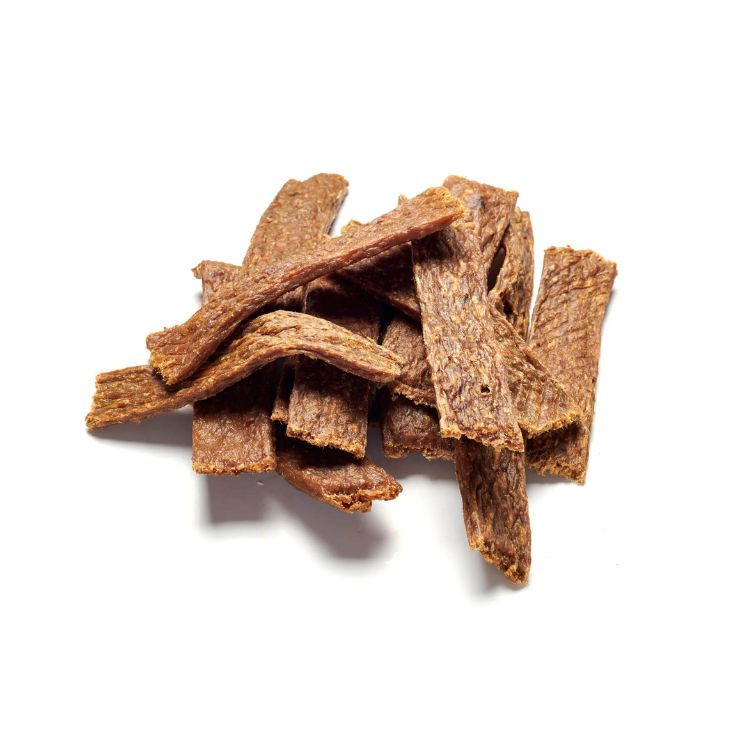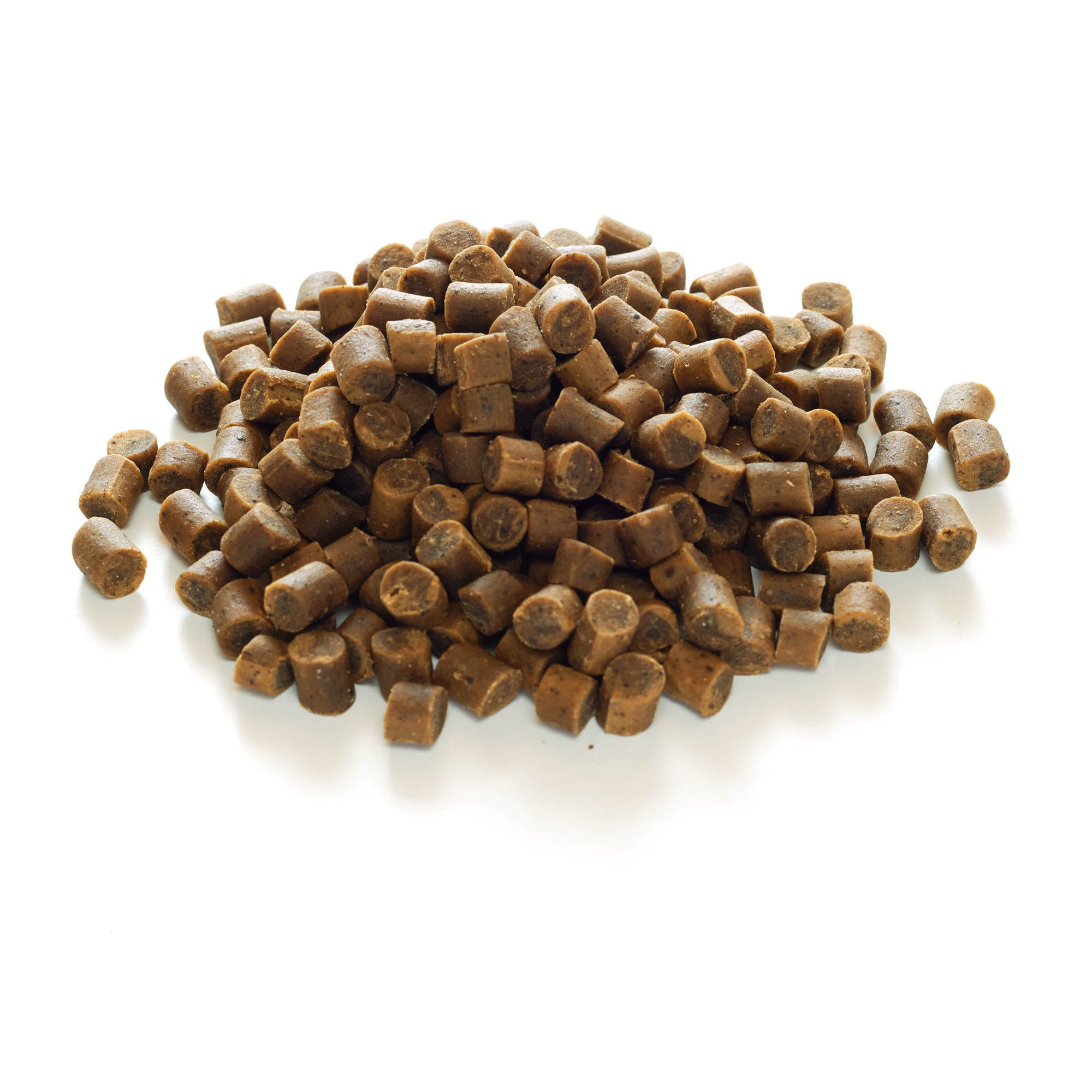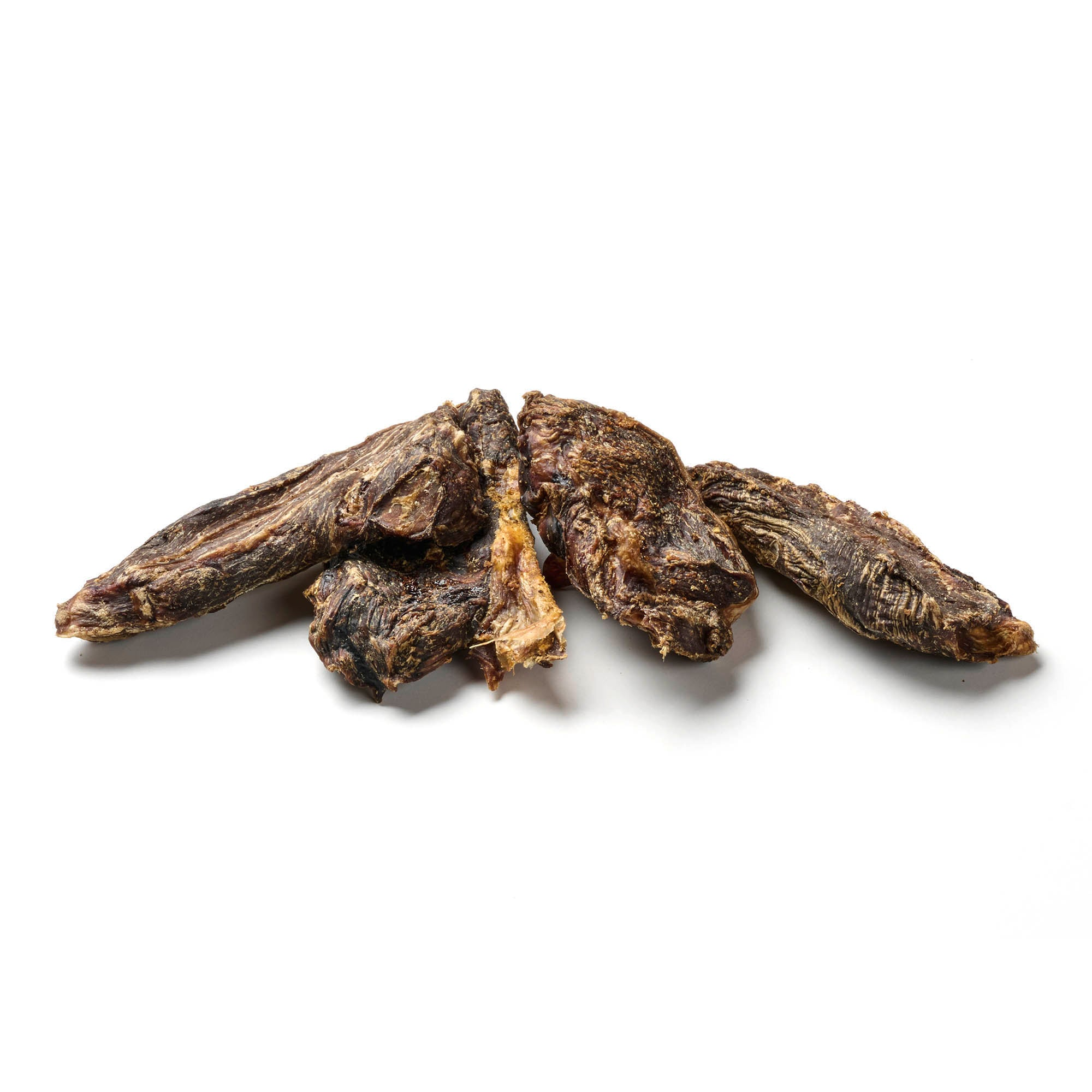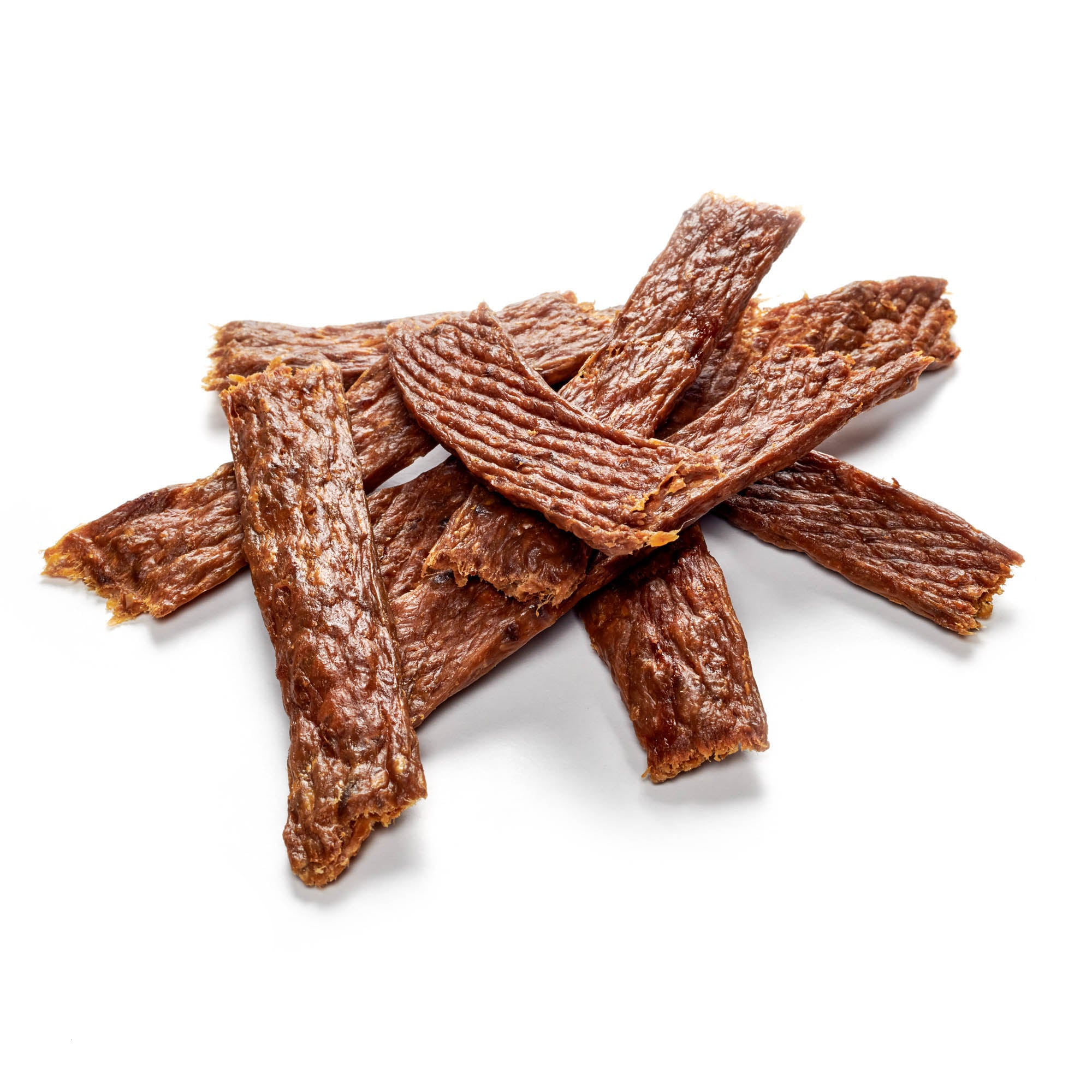
Japanese terrier
Share
The Japanese Terrier, also known as the Nippon Terrier, is a lively and cheerful dog that is similar in nature to the Jack Russell Terrier. Although it may have external similarities, it is descended from different breeds. Due to its playful and intelligent nature, it is not only suitable for singles, but can also be a loyal companion in families.
Content: Japanese Terrier
Discover our selection of premium dog chews!
Japanese Terrier - Profile
- Character: Lively, friendly, attentive
- Size: Small
- Height: 30-33 cm
- Weight: 2.5-4 kg
- Life expectancy: 12-15 years
- Coat type: Short, smooth
- Colour: White with black and/or brown markings
- Special features: Rare Japanese breed, energetic and affectionate
- FCI Group: Terriers
Japanese Terrier - Special Characteristics
The Japanese Terrier breed was recognized in 1964 and belongs to Group 3 of the FCI . The coat coloration is largely limited to black, tan and white, with the head usually demarcated in black or black and tan. The body can be either completely white or have white patches mixed with black and/or tan. The Japanese Terrier is extremely eager to please. He is curious, eager to learn and craves your attention. At the same time, he is extremely cuddly and makes a perfect lap dog. He often develops a close bond with one person in the household, but also enjoys the affection of all family members. He learns commands very quickly and wants to be constantly mentally challenged. A dog school can be helpful, but is not absolutely necessary. The Japanese Terrier is excellent as a retriever and can enjoy activities such as educational games, agility exercises or treadmill training. He gets along well with other dogs and also with other small animals such as cats. Because he was bred as a lap dog, his hunting instinct is usually not very strong. He values the time he spends with his owner. His affectionate nature makes him a popular companion dog. However, his natural curiosity and openness can lead him to occasionally cross boundaries, for example by snuggling up under your bed covers and lovingly claiming his space.
Japanese Terrier - What should be considered regarding nutrition?
The Japanese Terrier's nutritional needs depend on its active nature, and therefore adequate energy intake is important. High-quality complete foods that are tailored to the dog's nutritional needs are a good choice. Terriers often have allergies to grains containing gluten, so alternative carbohydrate sources such as rice or potatoes should be considered. Feeding in small portions several times a day is recommended, and feeding should be avoided before sporting activities .
High quality dog snacks to pamper your dog, now available!
Japanese Terrier - Health and Care
Grooming your Japanese Terrier's coat is extremely straightforward, as it is only about 2 cm long. Although he sheds very little, you can use a silicone glove to remove loose hair, remove dandruff and stimulate blood circulation in the skin at the same time. Your Terrier's coat does not grow particularly thick, so it is advisable to put a coat on him during the cold months if he spends long periods of time outdoors. In addition, his belly and nose should be protected with sunscreen during long periods of outdoor activity.
Japanese Terrier - Origin & History
The Japanese Terrier is not widespread in Europe, but is becoming increasingly popular due to its cheerful nature. During the Second World War, its population was greatly decimated, but is now considered stable. It is believed that in the 17th century, short-haired terriers were brought to Japan on trading ships from Holland. There they were crossed with local pointing dogs. The Japanese Terrier was specifically bred as a lap dog, but was also used to catch mice. A small black dog named "Kuro" from the Noda district is considered the ancestor of today's Japanese Terrier. "Kuro" came from the mating of English Toy Terriers and Toy Bull Terriers. A very short-haired Kobe Terrier bitch was crossed with "Kuro", and the puppies became known as "Japanese Terriers".
Japanese Terrier - The right accessories
The Japanese Terrier has well-developed muscles but a delicate bone structure. Therefore, it is advisable to use a harness instead of a collar. If your dog is home alone, you can provide him with chew bones or special toys.
Conclusion
The Japanese Terrier is a rare breed that originated in Japan. With its cheerful nature and short, easy-care coat, it is becoming increasingly popular. This breed has an interesting history that goes back to the crossing of English terriers with native dogs in Japan. Caring for the Japanese Terrier does not require much effort, but it does need enough exercise, e.g. through dog sports , and mental stimulation to be happy.
Reward your dog with our high-quality chew products!

